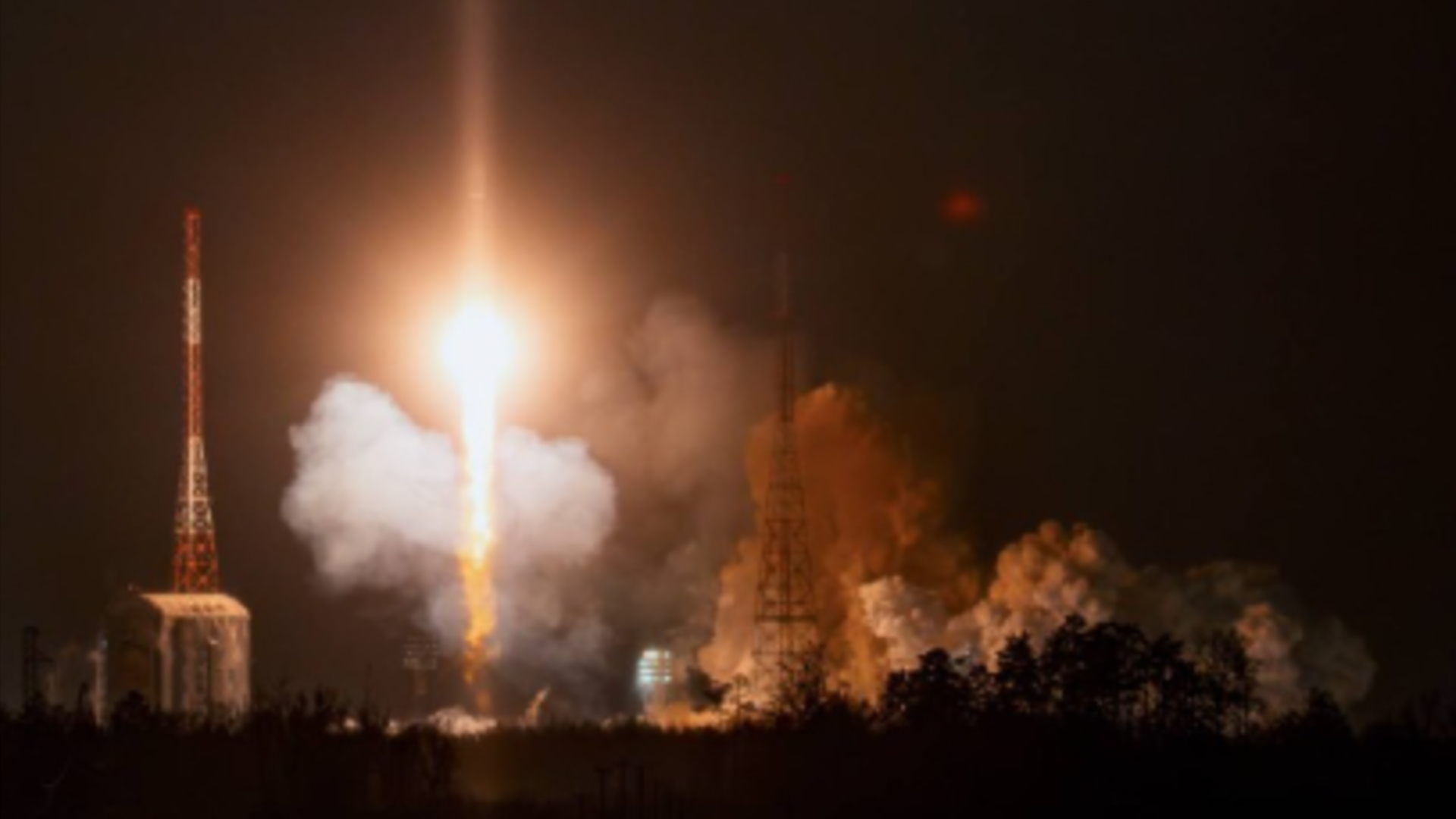Iran launches military satellite, sending nation's largest-ever payload to orbit: reports
The satellites weighed a combined 660 pounds (300 kilograms).

Iran's space program continues to make progress as the nation announces the successful launch of its largest payload yet.
Iranian state media says one of the nation's two-stage Simorgh rockets launched on Friday (Dec. 6) with payloads weighing a combined 660 pounds (300 kilograms). Those payloads include a space tug known as Saman-1 that can boost satellites to higher orbits, the Fakhr-1 cubesat and an undisclosed "research payload," according to Reuters.
The three payloads were placed into an elliptical, or oval-shaped, low Earth orbit reaching up to 255 miles (410 kilometers) at its highest point, or apogee, and 184 miles (300 km) at its lowest, or perigee. While Iranian media is lauding the launch as "a milestone for Iran's space sector," some analysts in the West say the launch only serves to further the country's burgeoning nuclear weapons and ballistic missile programs.
The Saman-1 space tug launched on Friday would enable Iran to boost satellites in low Earth orbit up to higher orbits such as geosynchronous orbit, where spacecraft remain over the same area of Earth at all times. Such a capability to raise orbits would eliminate the need for larger launch vehicles and reduce fuel costs, making it easier for Iranian satellites to reach higher orbits.
The Fakhr-1 cubesat, meanwhile, is a technology demonstration mission, intended to verify the ability of the Simorgh rocket's second stage to deploy multiple satellites, according to Iranian state media.
Iran's space program is criticized in the West. The United States and other nations accuse Iran of defying United Nations Security Council resolutions that prohibit the nation from developing ballistic missile technologies, which are parallel to rocket development.
A U.S. intelligence report released in July claimed that Iran's Simorgh rocket "probably would shorten the timeline to produce an intercontinental ballistic missile, if it decided to develop one, because the systems use similar technologies," according to Reuters.
Breaking space news, the latest updates on rocket launches, skywatching events and more!
Iran's launch of these three satellites today follows a similar flight in January 2024 that marked the first orbital launch of the Simorgh rocket. That launch also placed three Iranian-made satellites into low Earth orbit.
Months earlier, Iran launched what it described as an "indigenous bio-capsule" in order to verify technologies to help put its own astronauts into space. Some media reports claimed there were animals aboard, but these remain unconfirmed.

Brett is curious about emerging aerospace technologies, alternative launch concepts, military space developments and uncrewed aircraft systems. Brett's work has appeared on Scientific American, The War Zone, Popular Science, the History Channel, Science Discovery and more. Brett has degrees from Clemson University and the University of North Carolina at Charlotte. In his free time, Brett enjoys skywatching throughout the dark skies of the Appalachian mountains.
